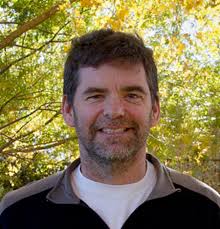
Puget Lobe Lecture: The Bonneville flood- the other flood!
Bellevue College Building T Room 127 3000 Landerholm Cir SE, Bellevue, WA, United StatesThe Bonneville Flood was one of the largest floods on Earth. First discovered by G.K. Gilbert in the 1870s during his inspection of the outlet at Red Rock Pass, Idaho, it was rediscovered in the 1950s by Harold Malde and coworkers, leading to mapping and assessment of spectacular flood features along Marsh Creek, Portneuf River, and Snake River for over 1100 kilometers between the outlet and Lewiston, Idaho. The cataclysmic flood - from the rapid 115-meter drop of pluvial Lake Bonneville from the Bonneville level to the Provo level - was nearly 200 meters deep in places and flowed at a maximum rate of about 1 million cubic meters per second — about 100 times greater than any historical Snake River flood. Along its route the Bonneville Flood carved canyons and cataract complexes and built massive boulder bars. These flood features have been a rich source for understanding megaflood processes. Yet it still offers much more with new and developing techniques for hydrodynamic modeling and landscape analysis.
